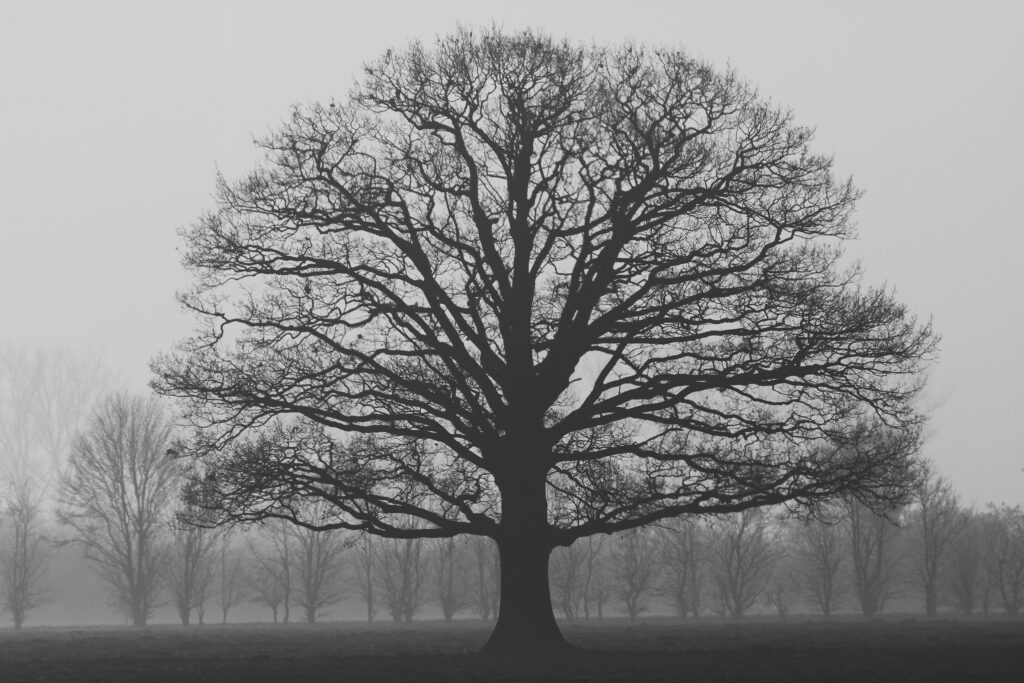OT Classics series of posting lost articles updating them to today. I wrote this The Legacy of Lynching- part 1 at the very start of OT, and so much and so little has changed since then. It’s a little weird hearing myself as a younger writer. My heart breaks at what was originally meant to be fun activity will start with such weight. Part Two….
The Cycle Continues
As it’s been a few years and lately Black Americans have been in the news regularly dying from police brutality and “suicide”. The astute among us have realized that these reek of fowl play, and the naive and innocent of us don’t want to believe what we know to be true. Black Americans are being lynched at astonishingly high rates with little accountability. With this revisit I want to talk more about the history, why it’s happening now, and some things to think on. Please take your time with this material. It’s heavy, but if we carry it together I think we can finally move forward. We weren’t ready then, but we have to be now.
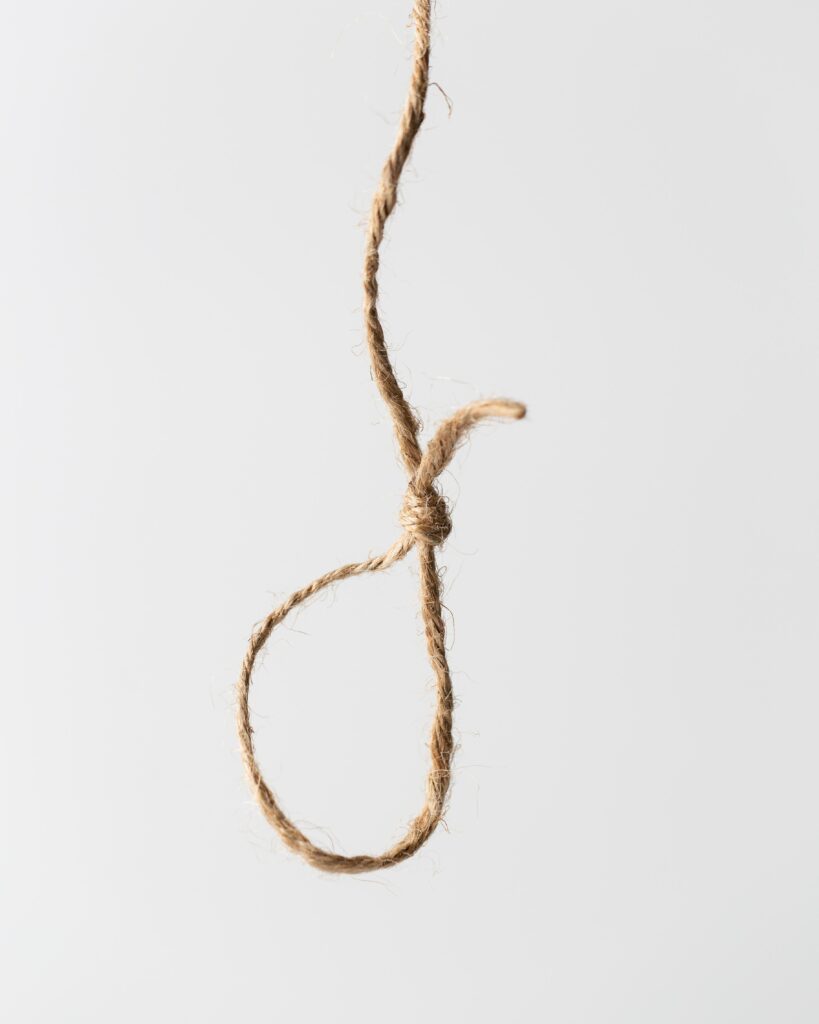
History
It’s generally well known that after emancipation the amount of lynching increased. Lynching, for those who are unsure, most often covers deaths by hanging and/or burning alive. This was after extensive torture. It’s clear that as Black people became closer to being seen as equals, there needed to be more distinction as to why not that isn’t true. With that dehumanization, relationships with White women seemed unacceptable, and even if it was consensual it was seen as rape. This rape could be real or not, yet a mob would form and someone would die either way.
A Lynch mob is a group of 3 or more people gathered to “get justice” outside of the courts. Although it wasn’t originally tied to race, once it was it became a tool to keep Black people in line. All that needed to be done was accuse them of something, often rape, and it was acceptable to take action in their own hands. White folks gathered around to lynch someone, sometimes in private, while other times had a party atmosphere. People would bring dates, and children were present. Sometimes the body would be left up for days as a warning, for each person who died became a stand in, a symbol of what could be expected. Then the body was taken apart and many kept bits of the body as keepsakes.
Around 4,100 known lynchings took place across the US, mostly in the South, from about 1887 to 1968. These were the known deaths, and there is guaranteed more we are not sure about. Often these deaths were considered suicide in the records, so we don’t know how many Black people were lynched during that time. In many ways it has shifted its appearance, but today we are starting to see it again.
Why Now?
Sadly the reality is that like the Klan, lynchings ebb and flow with the times, and we are in a time of (potentially) great change. As much as many folks try to pass it off as a relic of the past, today we are still fighting for lynching to be seen as a federal hate crime. These last few months we have seen more and more blatant abuses of power and privilege, around the life and value of Black people. Months back, it was Ahmaud Arbery who was murdered for jogging. Then was also the Travis Miller jr incident where a delivery driver was blocked in and harassed, fearing for his safety. The video of him crying is hard to watch. There are many other stories that have been toeing the line, not even considering police brutality, as people test the value of Black life.
Now, we see regular news reports of police brutality, civilian threats, and “mysterious deaths”. These deaths are of a Black person hanging from a tree in “suicide”, and so are going un-investigated. It is considered taboo to die of suicide by hanging in Black culture, particularly from a tree. So, that isn’t likely. Although we do have astonishingly high suicide rates, the method is very different. We have to call these what they are. Lynchings. With that, we have to start looking at the hard reality that this is real, and we all have a role in this story.
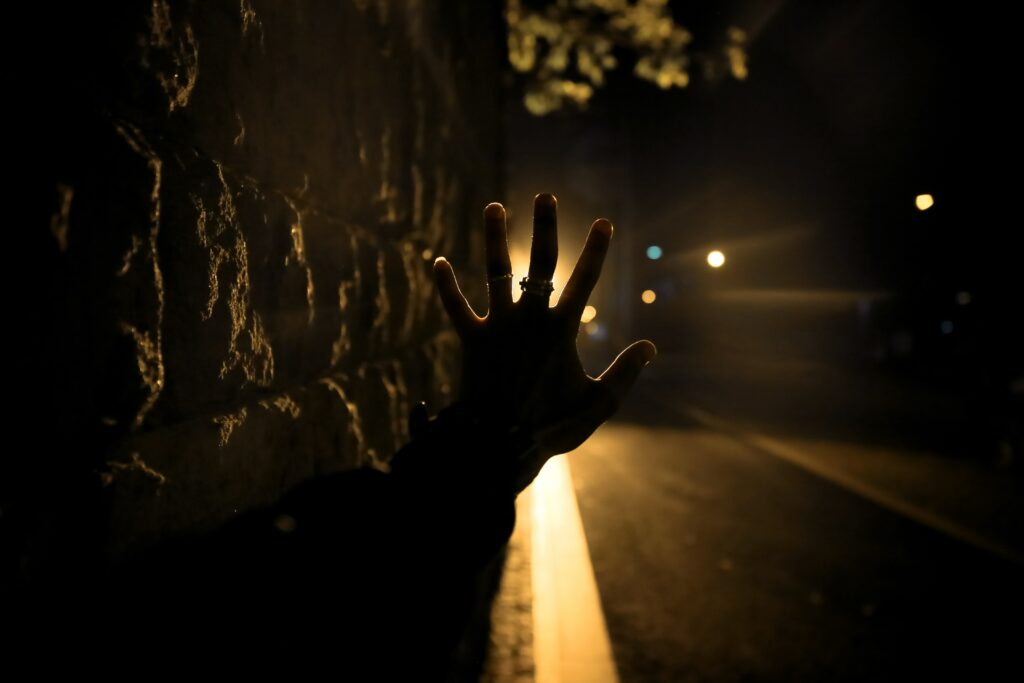
Two Sides To The Story.
When I taught that class and brought up the lyrics of Strange Fruit, I was surprised and struck by the idea that it was possible to have a different reaction to images, songs, and discussion about lynching. In many ways it signaled a deep unwillingness to talk about the hard past of our country, and yet we all have thoughts and feelings on it. And it is through this unwillingness that misunderstanding, guilt, shame, and even hate grow. I felt it wasn’t that my students really didn’t have feelings, but perhaps that they were struck frozen with fear around the taboo surrounding these unspoken topics.
In my personal life, I leaned into the discomfort of talking about lynching and Black deaths at the hands of racism, particularly with White people. I was sincerely curious what the other half of the story was, and one day my friend Adam and I started talking about it.
We are both interested in Black history and culture so I wasn’t surprised, when talking about books, that it came up. Wading into the discomfort, we vulnerably talked about our perspectives, and it changed how I engage with this history.
A Talk With Adam
Adam is from Mississippi. He is a man I respect and trust. But I still found myself uneasy. The blood left his face as he tried to gather his thoughts. For a moment, I didn’t want to know… it went something like this.
Every time I see these photos I am struck first by one thing. The faces. The smiling faces of people who could be, and very likely are, my ancestors. I feel rage, shame, and disgust. I have this deep sense of horror at knowing that I am a part of this legacy whether I want to be or not. I feel that weight, and I’ve seen racism in my family. I can’t help but see myself in these photos. I think of my Black friends, too. The anger that I feel for their sake. That I’ll never get it. It’s hard to look at.
I was stunned and told him so. I was looking at the man in the tree. A sense of nausea and a need to vomit or cry, or both. I was overcome with a deep feeling of horror and helplessness. An awareness of the loss of life and the cruelty that allowed that to be. I was only too aware that that could have been me or a long lost family member. I can never look away from the person in the tree and see beyond my feeling of deep grief and fear. It’s a deep sadness and questioning of humanity I don’t often share. I hear the blues in my head and the sayings and songs I’ve sung my whole life that echo the deep ocean of mourning for what is, and what was, for my people.
I was open about it in a way I don’t often feel ok with being. We stumbled through talking about the taboo, we talked about the deep feelings of shame and fear, disgust and anger, sadness and horror of our mutual heritage. We looked into our reflections in history and saw the ripples of who we are today. I never really thought much of the faces gathered around. I knew they were there, but they were not as important as acknowledging the loss of humanity. Now I look at the full picture of these photos, and it is only in really seeing it, do I think that we, as a country, are able to move on.
Why We Have To Look
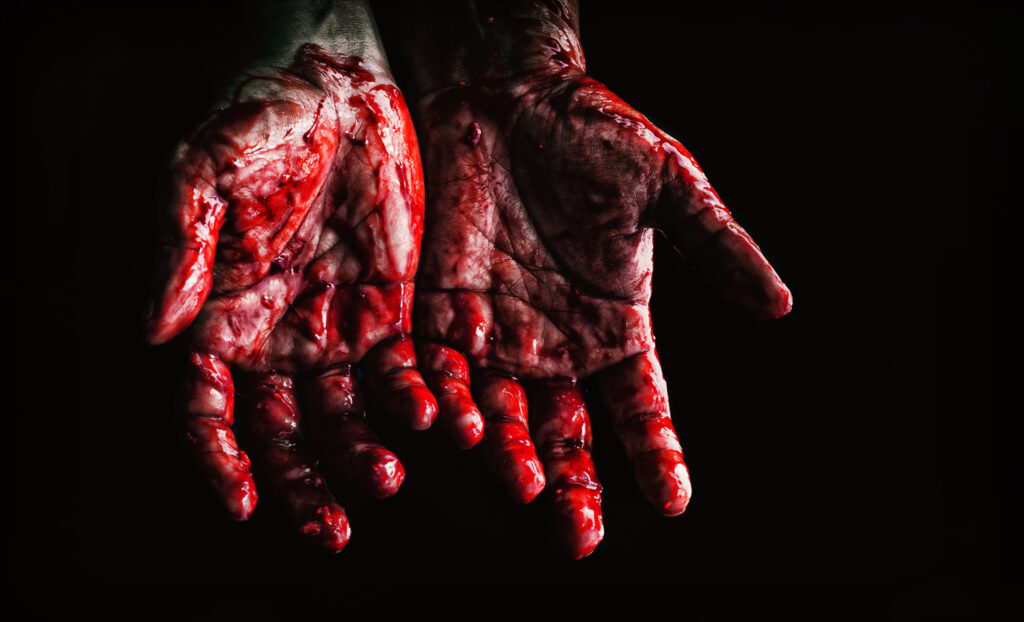
It is only in looking at these photos in full that was I able to really understand the importance of the crowd. As we have these lynching in the public eye again I can’t help but think of my students and the talk with Adam. Reality is that lynching will only end when the crowds disperse and the people responsible are, ideally, jailed, but more importantly are not accepted into White communities. People who make killing a public display are unlikely to act alone, to keep it quiet. Perhaps it wasn’t your uncle who did the action, but even being passive towards it is something to consider.
- In these photos there are dates as men try to woo women, and if either felt disgust they chose to not speak up.
- There are children who learned to not see Black people as humans, and grew into adults, some of whom are in positions of power today.
- There people who sent postcards about the lynchings. How they missed their loved one at the barbecue.
- Some people bought body parts as trinkets. Where did these end up over the years, and does your family still have them in Memaw’s boxes somewhere?
- What laws allowed those who brutally murdered Black people because the justice system wasn’t “fast enough” to get away with it?
- What towns knew that these bodies were being found and allowed them to hang and rot, and have they made the efforts to prevent that from happening again?
Reality is, this is still happening. Some of the types of lynchings have changed and the only cases that even are considered “for justice” are the ones that gain national attention. (Which even today is often minimal, if at all.) But that doesn’t mean that there aren’t lynchings still happening. They may be less public but technically three people make it a lynching. And the people who are doing this ARE your friends and family.
The Story Continues
This is a story still being told. Even if your family is from the north, if some family participated in the civil rights protests, or whatever else you tell yourself to sleep at night, you have a role in this story. Look at the word Sonder.
sonder
n. the realization that each random passerby is living a life as vivid and complex as your own—populated with their own ambitions, friends, routines, worries and inherited craziness—an epic story that continues invisibly around you like an anthill sprawling deep underground, with elaborate passageways to thousands of other lives that you’ll never know existed, in which you might appear only once, as an extra sipping coffee in the background, as a blur of traffic passing on the highway, as a lighted window at dusk.
-The Dictionary of Obscure Sorrows
I know we aren’t often asked to think about it, at least here in the States, but nothing we do is without consequence. It may even go unnoticed because we never get to see how all of our actions impact the world.
What have you allowed to happen that you knew was wrong? What legacy have you avoided looking at because it feels bad? Are the children around you learning about the value of lives that aren’t like theirs? What rules/laws you know prevent Black people from getting justice if something happens, and what are you doing about it?
It might not feel like it, but these little moments add up. Are you choosing comfort over someone’s life? And what White relationships are you ready to lose to have these hard but important talks and actions? As I’ve mentioned before, if you choose to not talk to uncle Kevin about some of his beliefs because you don’t want to ruin dinner, it’s me who will have to later. I’ll face a less kind version of your uncle and have to take on risks upwards of my life, to face the consequences of you avoiding it. As much as we want to believe that lynching was done a long time ago by people who were racist and it’s gone now, that simply isn’t true. But, more importantly, they aren’t the only ones that matter in this story.
Things To Consider
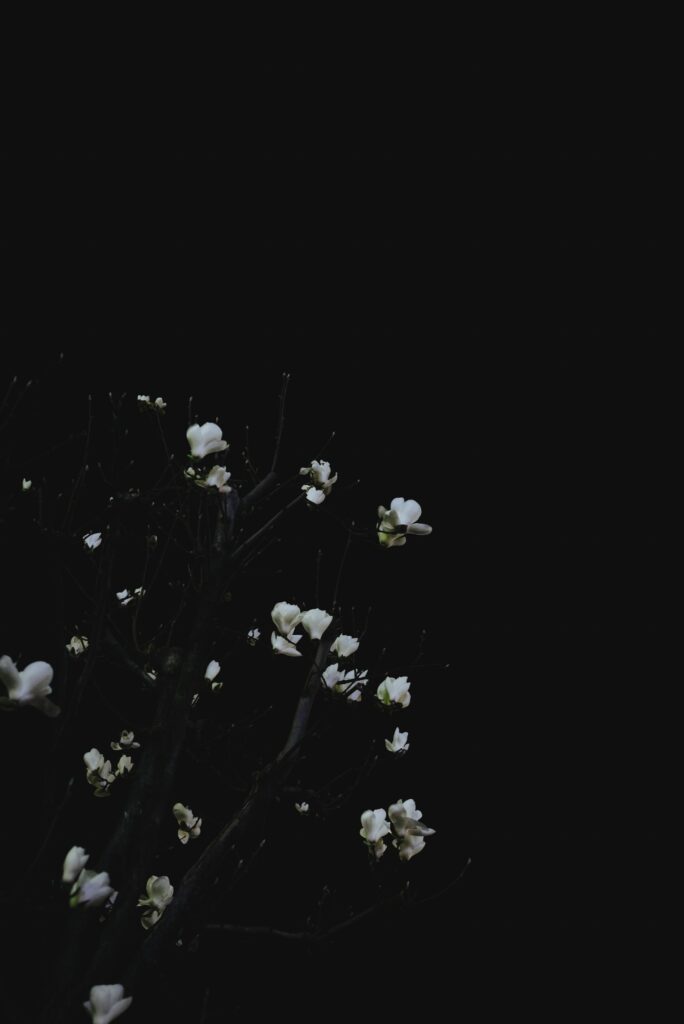
Take some time out and actually look at these photos and/or any of the resources below. Think about what you are feeling, and share that with at least yourself. Journal, record yourself, have a talk, whatever you are ok with to start these feelings of vulnerability. Don’t judge your feelings, but notice what is there. Be curious about what other uncomfortable ideas/history you choose to avoid, and why.
A deep dive into White guilt and shame will come soon, but until then there is an important difference between the two. Shame is the idea that you are bad, while guilt is I did something bad. Shame isn’t helpful here, but guilt is a feeling that typically means you either did or let something happen that goes against your ethics. It is uncomfortable because you are meant to act. Don’t wallow, but instead become more aware of your actions and the choices you are making. Be intentional about acting within what you know is right. That is the one way to lessen the feelings of guilt without ignoring what is around you. Ignoring it won’t make it go away.
Actions
- Have conversations with friends and family about this history and/or current day happenings.
The only way to get rid of shame and guilt is to allow those feelings to be out in the open and to begin feeling less isolated. - Learn about lynching and how it shows up today
- if you are sharing videos of Black people dying, ask yourself why? And if doing so is contributing to being the audience of these murders.
- Do you know what you would do if you witness the start of something?
- Do work with laws in your area and support lynching becoming a hate crime
Where Do You Go When The
Terrorism Is At Home
The legacy and current day lynchings have left an impact on the generations that have grown up in the US. Even if we choose not to talk about it, even if we act like we are past being racist and that Black people are hanging themselves publicly, it won’t make that legacy go away. Trauma can be passed down in your genetics and shame can be taught. Until we address it, we can not break the cycle that has been passed on. What do you want your part in the story to be?
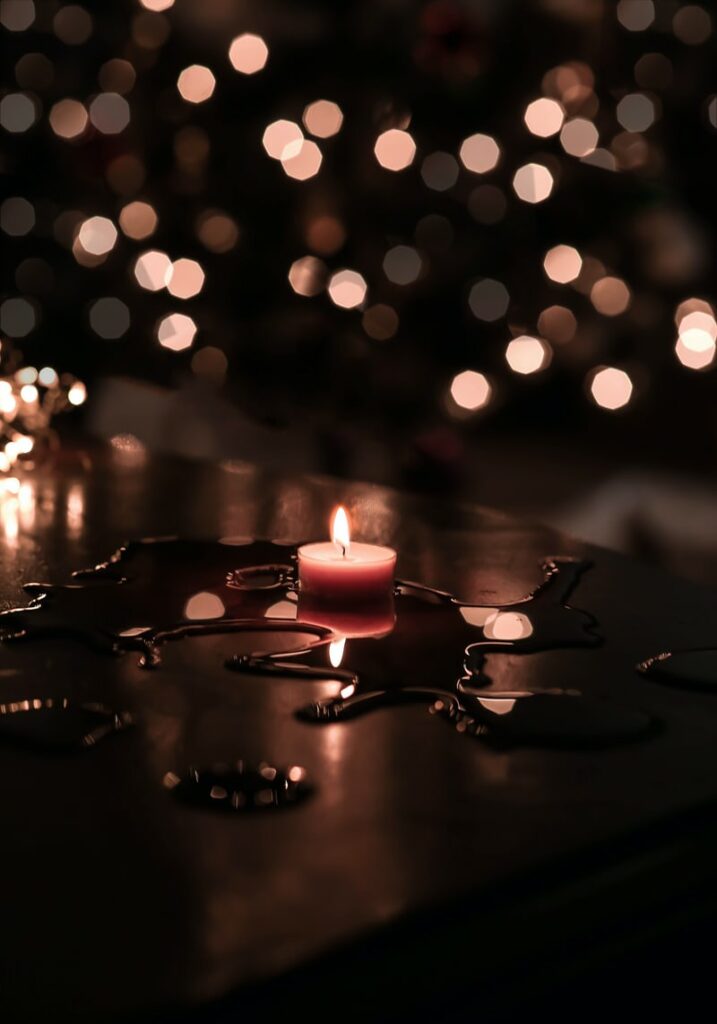
Resources
A Different Intro to Lynchings
Why do people watch public death
Did you know that the KKK had Youth divisions?
